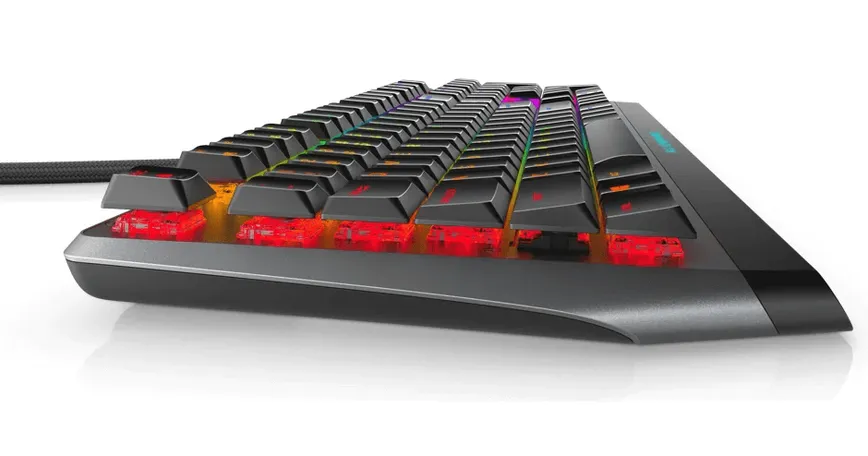
What is a keyboard profile?
Although not widely known, keyboard keycaps have a keycap standard called "profile. In this article, we summarize the differences between different keyboard profiles and how to choose one.
Modified at: 2023.1.24Posted at: 2022.6.29
Differences in Keycap Height and Inclination
Keyboard profiles refer to differences in keycap height and tilt.
Different heights and inclinations naturally give different typing sensations, so they may or may not be suitable for different people.
There are many different profiles, but they can be broadly divided into two categories.
Sculptured Profile
A type in which the height of the keycaps varies from row to row on the keyboard is called a "sculptured profile".
There are several types, including the standard "Cherry profile" by Cherry and the commonly used "OEM profile".
- Cherry Profile
- OEM profile
- SA profile
- MDA Profile
- KAT Profile
- Cubic profile
The major difference between each profile is the height, but there are other minor differences such as the slope and concavity of the keycaps.
Flat Profile
In contrast to a sculpted profile, where each row has a different height, a type where all rows have the same height is called a "flat profile".
This is fine if the keyboard chassis is flat, but if the keyboard itself is sloped, the rows farther from the hand are angled, so some people may find it difficult to use, the keys are farther away, or the keys are stuck.
- DSA profile
- XDA profile
- ADA profile
- NP profile / PG profile
What is low profile?
A type of keyboard with low keycap height is called "low profile". The top image in this article shows the ALIENWARE Low Profile RGB Mechanical Gaming Keyboard, a low-profile keyboard from Dell. If you are familiar with mechanical keyboards, you may recognize it at a glance, but the keycaps are clearly lower.
Low-profile keyboards do not seem to have a specific rule for this height, but they often have keycaps with a height of about 5 mm, like the keyboards on notebook PCs from about 10 years ago.
The low keycap height not only lowers the overall keyboard height, but also reduces the number of row-to-row bumps.
Recently, manufacturers' keyboards now offer a choice of profiles
With the rise of e-sports and other gaming fields over the past few years, all companies are putting more and more effort into their keyboards.
Perhaps due to this influence, even gaming keyboards from major manufacturers have increasingly tended to line up their products by profile, so there are now more opportunities to select profiles even for finished products.
Surprisingly deep "key profile swamp"
Which profile is adopted depends on the keyboard manufacturer's design philosophy. Basically, OEM profiles are often adopted, but many people who use keyboards or make their own keyboards become more and more particular about them and get into the "key profile swamp.
Keycaps themselves can be obtained for a few thousand yen, and many people will use their favorite products for the keyboard itself, and only look for keycaps that suit them.
The keyboard's typing feel depends on the switches and the size of the keycaps, but the surprisingly large differences are the height and tilt (in short, the profile) and the material of the caps.
Finding the right one for you can make typing easier and more enjoyable, but please be careful not to get too swamped.